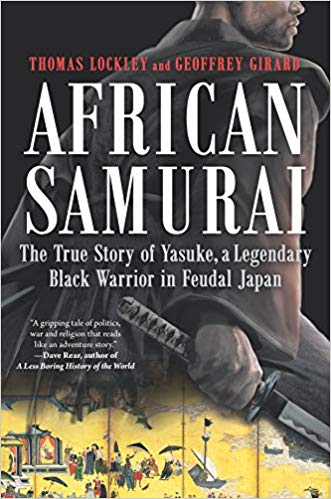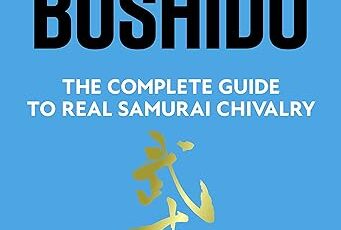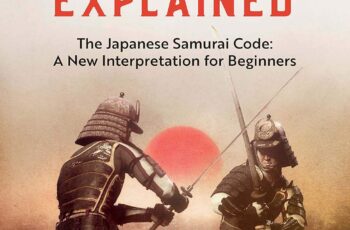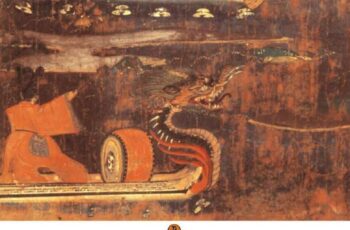
Thomas Lockley and Geoffrey Girard’s book African Samurai tries to mesh nonfiction with historical fiction. The result is a patchwork that felt more fiction than historical. The seams quickly appear when they switch from the narrative of Yasuke’s life to a more objective historical tone. Their sources are solid, but their experiment made the book feel less authoritative than it otherwise would. I found it less engaging than traditional history.
The book examines the story of Yasuke, the only black man raised to samurai. Yasuke came to Japan as a bodyguard for Jesuit priests as Oda Nobunaga consolidated his conquest of most of Japan. Because of the association of black skin with gods and demons–and the novelty of it–Yasuke’s presence overshadows the visit of Jesuits. Not one to miss a diplomatic opportunity, the leading Jesuit Valignano gives Yasuke to Nobunaga. Yasuke wasn’t a slave at the time, but something between a mercenary and an indentured servant. Yasuke became one of Nobunaga’s leading vassals and was charged with carrying Nobunaga’s head and sword away during The Honno-ji Incident. The incident involved the betrayal of Nobunaga’s general Akechi. The incident eventually allowed Tokugawa Ieyasu to become Shogun and usher in the Edo period, one of the most influential periods on Japanese culture.
Lockley and Girard go into minute detail in their narrative. The amount of information about Yasuke amazed me along with how they used ukiyo-e to piece together some of Yasuke’s story. He was, as far as we know from the historical record, the only black man in greater Japan at the time. Although others were isolated at port cities as the authors admit. The book suggests how much history isn’t so much lost as glanced over. Yasuke was present during a turning point in Japanese history, yet in the books I’ve read about that point, he isn’t usually mentioned. Or he was mentioned in passing.
The authors go into detail about the role of firearms at the time. Contrary to popular belief, most battles were won by spear-wielding peasant conscripts and firearm-drilled conscripts instead of samurai. I was pleased that they spent some time on this. They use narrative to flesh out a few battles Yasuke participated in, including one battle where cannon and musket prove decisive. During these scenes, their decision to weave storytelling with history makes the accounts vivid. But they don’t include diagrams of troop movements which I find helpful for understanding the flow of the battles.
African Samurai delves into the politics of the time, providing an interesting detail to the period. But the narrative style makes these sections feel speculative, especially when they go into Yasuke’s thoughts and emotions. Their decision to patchwork narrative with history (and narrative dominates) makes the book accessible for those who don’t usually read history. But I found myself doubting their information because of how far they go into Yasuke’s thoughts and feelings. He didn’t leave a journal, so this comes down to speculation.
If you aren’t a reader who typically goes after history books, but want to learn more about Yasuke, I recommend giving African Samurai a read. But if you prefer more standard histories, this book will leave you feeling mixed. It’s an interesting read, but the patchwork, historical fiction approach may leave you wondering about the quality of the information.



